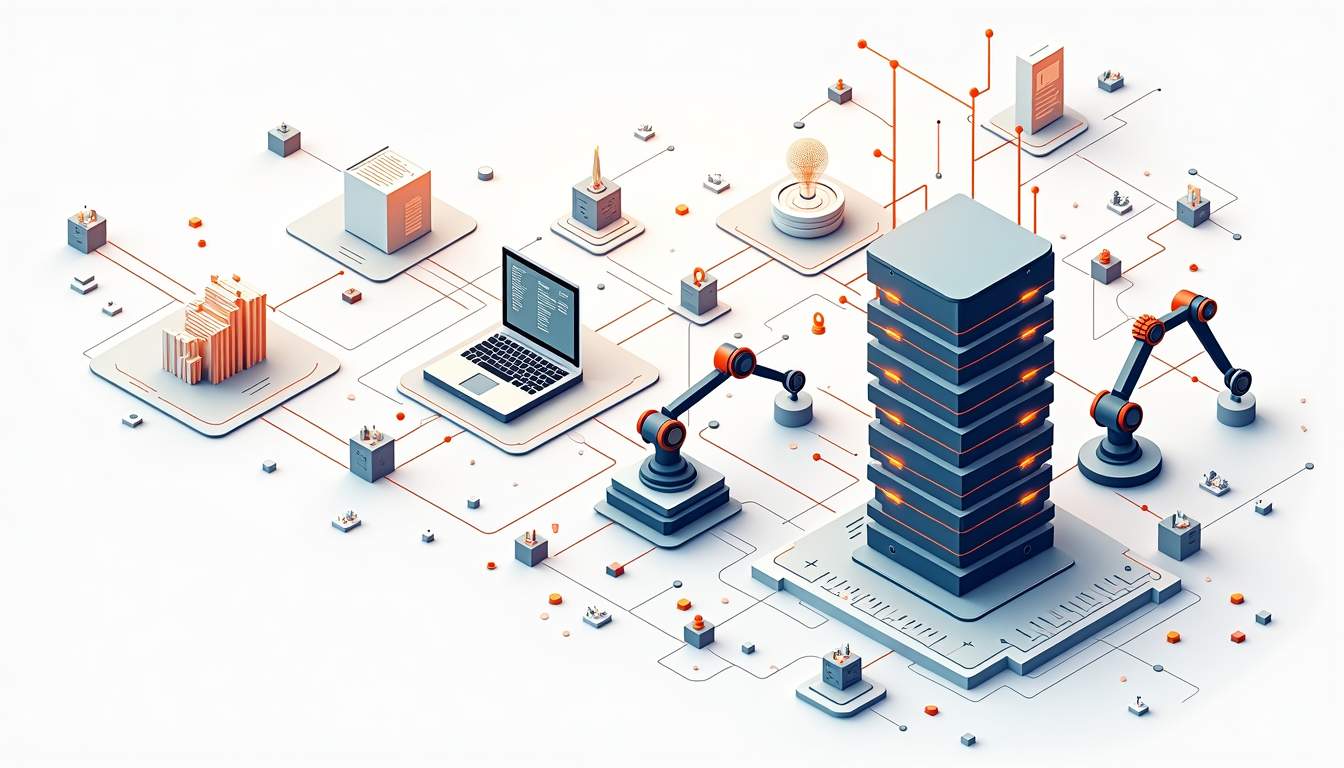AI-Driven Business Process Automation Framework
The convergence of artificial intelligence and process automation has shifted from experimental to foundational across many industries. Businesses now expect end-to-end workflows that extract meaning from unstructured data, make context-aware decisions, and adapt over time without constant manual reconfiguration. This article lays out practical guidance and concrete examples to help organizations design an automation framework centered on intelligent document processing and decision tree automation powered by machine learning. The aim is to balance speed of deployment, accuracy, and governance so that automation delivers measurable operational value while remaining explainable and auditable.
Integration with enterprise systems and end-to-end visibility are essential for realizing IDP value. Seamless connectors to ERPs, CRM systems, workflow engines, and robotic process automation (RPA) platforms minimize manual handoffs and enable closed-loop processing where extracted data drives downstream actions (payments, case creation, notifications). Observability across the pipeline — tracing a document from ingestion through each model stage to final disposition — helps teams diagnose failures, measure latency, and correlate extraction errors with upstream image quality or model drift. Scalable architectures leverage microservices, container orchestration, and serverless functions to elastically handle seasonal peaks while maintaining predictable cost models; for smaller deployments, managed IDP services or low-code platforms can accelerate time-to-value by hiding infrastructure complexity.
Emerging advances are reshaping IDP capabilities: multimodal transformers and large vision-language models enable richer understanding of complex layouts, handwriting, and subtle semantics like clause intent or implied obligations, while on-device and edge inference reduce latency and address privacy constraints for field capture scenarios. Sustainability and cost-efficiency are gaining attention too—model pruning, quantization, and selective processing (only running heavy models when confidence is low) lower compute footprints. Finally, fostering cross-functional collaboration between data scientists, domain experts, and process owners ensures that IDP evolves from a point solution into a strategic capability that continuously aligns with changing business rules and regulatory landscapes.
Data governance, privacy, and security are foundational to responsible decision tree automation. Systems should enforce least-privilege access to features and model artifacts, apply encryption for data at rest and in transit, and provide anonymization or differential privacy techniques where regulatory constraints demand limited use of personally identifiable information. Consent management and purpose-limiting controls help ensure models only operate on permitted data; lineage metadata that links feature values back to source systems aids in investigations and subject-access requests. Secure model deployment practices—such as container isolation, runtime attestations, and model signing—reduce the risk of tampering, while privacy-preserving inference methods (e.g., federated learning or secure multiparty computation) can enable collaborative model improvements across partners without exposing raw data.
Finally, treat decision tree automation as a continuous learning lifecycle rather than a one-off project. Implement feedback loops that capture downstream outcomes, user overrides, and edge-case behaviors to retrain and recalibrate models on representative, time-aware datasets. Automated A/B testing and shadow deployments allow safe experimentation with new thresholds, features, or model architectures before wide rollout. Incorporate automated drift detection, periodic fairness audits, and post-deployment impact assessments into the release cadence so governance keeps pace with model evolution; by closing the loop between production performance and model development, organizations maintain both the effectiveness and the trustworthiness of their automated decisioning systems.






